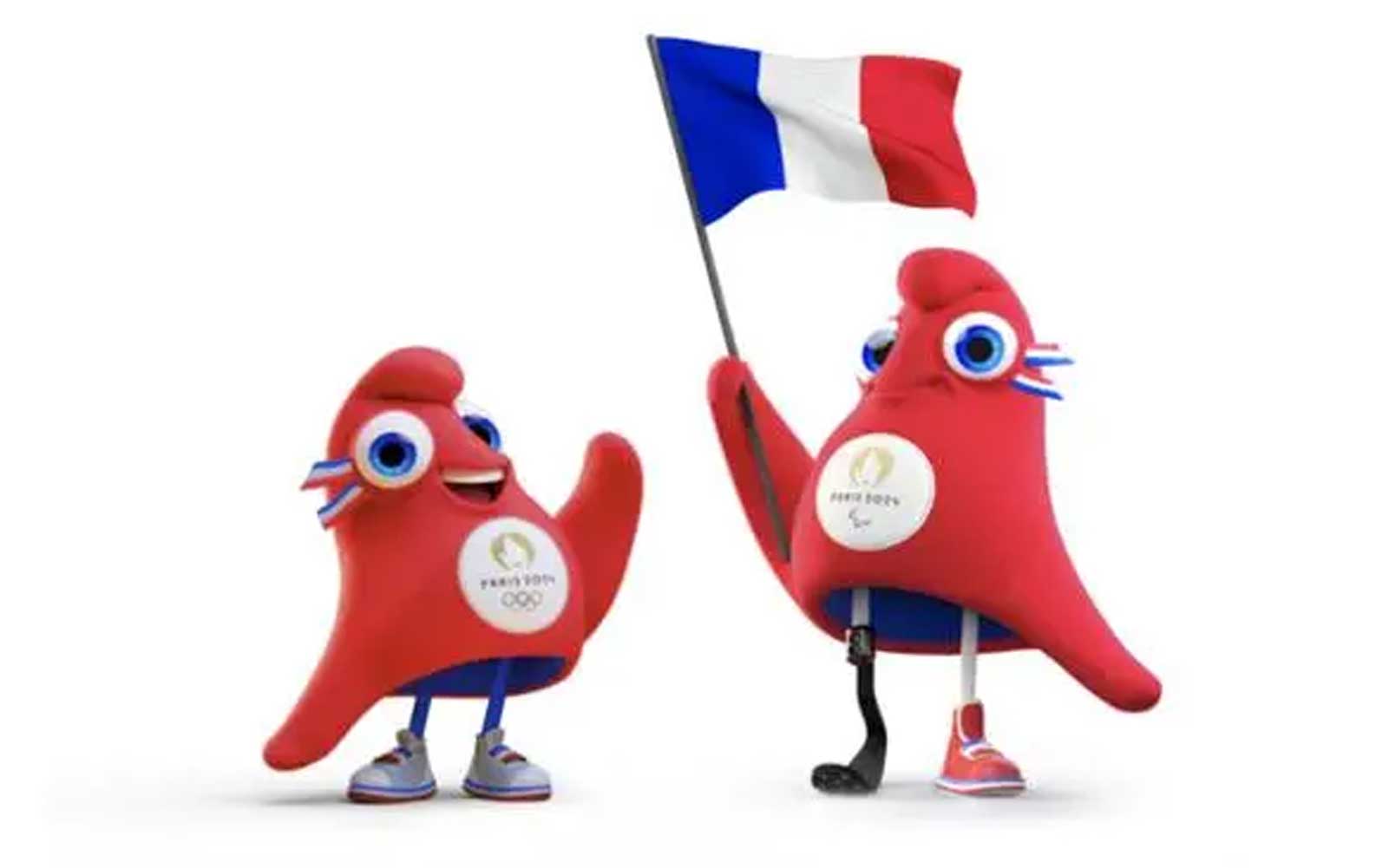
Sales of Paris Olympic mascots and related products are extremely hot
On April 17, 2024, there are only 100 days left before the grand opening of the Paris Olympic Games. As the shortest preparation period in Olympic history, the Paris Olympic Organizing Committee seems to be a little hasty in its preparations. Looking back on the past year, various models of the mascot “Friggy” are most commonly seen on the shelves of Olympic peripheral products in major shopping malls in Paris. This mascot has won the love of the public with its unique long triangle shape and “ugly and cute” image.
The design of “Friggi” is inspired by the traditional French Phrygian hat, which symbolizes freedom in France. The main color of the mascot is red, supplemented by blue and white, perfectly integrating the three colors of the French flag. When the Paris Olympic Organizing Committee first announced the mascot, many reports subtly pointed out that the hat was quite similar to the one worn by the Smurfs in the cartoon, helping the public remember this unique image more quickly.
However, what is interesting is that even in Paris, there are considerable differences in the prices of the same mascot. Take the “Friggy” pendant as an example. On the Champs Elysées and Galeries Lafayette, the smallest model is priced at 14.99 euros, equivalent to about 117 yuan in RMB, while the price of the medium-sized doll is double that. However, in local supermarket chains such as Gare du Nord and Carrefour, the price of the same style of pendant is as high as 19.99 euros.
When the Paris Olympic Organizing Committee announced the mascot in mid-November 2022, it predicted that 2 million “Friggy” plush toys would be sold. They expect total sales of Olympic licensed merchandise to reach 127 million euros, of which mascot sales will account for about 20-25%. However, French government spokesman Olivier revealed that although they very much hope that French factories can undertake this manufacturing work, the reality is that they cannot find a factory with the raw materials and textile factories needed to produce 2 million dolls in a short time. Partner.
According to the Paris Olympic Organizing Committee, the final mascot production rights were obtained by two French companies, Gipsy Toys and Doudou et Compagnie. However, in fact, the vast majority of orders are outsourced to factories in China. Although the Olympic Organizing Committee later publicly stated that 8% of mascots are still produced in France, it is almost impossible to find “Made in France” mascots in Paris. A female clerk at a local merchant revealed that they had put mascots produced in France on their shelves, but the quality and price did not have obvious advantages over Chinese products, so consumers were more inclined to buy cheaper Chinese products.
In addition, it is worth mentioning that the “Frigi” made in China is not only popular in China, but also successfully entered the French market. On the 100-day countdown to the Paris Olympics, many Olympic champions from various national teams have hung up “Frigi” schoolbag pendants purchased overseas in the first half of 2023, demonstrating the strong influence of Made in China.
At the same time, the consecutive European Cups and Olympic Games have also brought a large number of orders to the production of sporting goods. Less than four months before the Paris Olympics, China’s Yiwu City once again ushered in an export boom. According to statistics from Yiwu Customs, in the first two months of this year, Yiwu’s exports to France reached 540 million yuan, a year-on-year increase of 42%. Among them, exports of sporting goods increased by 70.5% year-on-year.
In Yiwu International Trade City, Zhejiang, not only products related to the Paris Olympics are in high demand, but also various football peripheral products are selling extremely well thanks to the European Cup held previously. For example, for French flag-colored cheering sticks that can be used in the Olympics and the European Cup, the order quantity starts with one hundred boxes. Local foreign trade companies have received a large number of orders from France or its surrounding countries, which once again proves the strong competitiveness of Chinese manufacturing in the global market.



